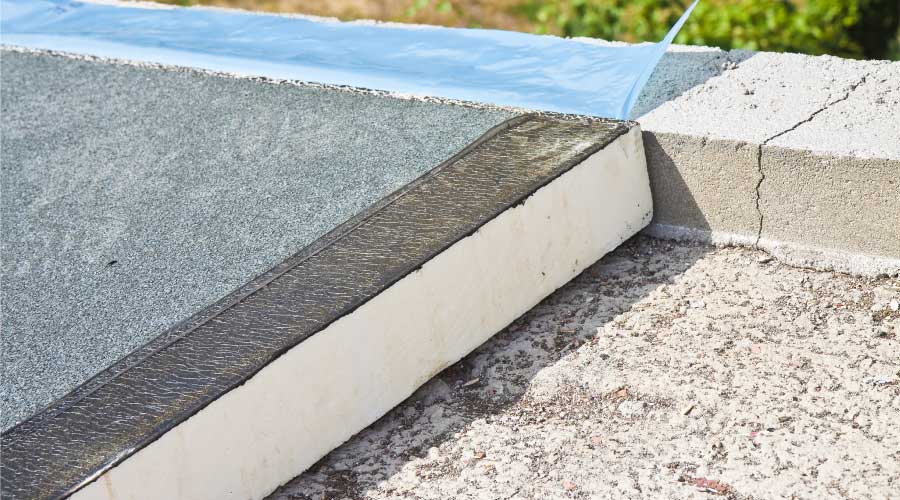What You Need To Know When Calculating Demand Charges
Here's what you need to know when calculating demand charges.
»» Understand the electric tariff(s) for your account(s). It may be seen on the bill as an alphanumeric (e.g., EL 8). Your utility account rep should be able to break out all demand charges, which may appear separately for generation, transmission, and distribution.
»» Review a year of bills and cull out the dollars charged for demand. Divide that annual cost by the total electric spend to derive the percentage cost of demand. If that number is under 20 percent, using average electric rates for all upgrades may be acceptable. If greater than 20 percent, make it a rule that all calculations of dollar savings be performed using real tariff rates instead of average pricing.
»» View your hourly load profiles for at least one hot day, a cold day, and an intermediate day. Many meters now report usage in the short time intervals needed to do this. Your utility may even offer web access to that data. If not, various methods exist to meter demand on your own. Doing so will show when peaks occur, and help find ways to control them. Various types of real-time dashboard software and services are also available to do this for a fee. A web-based course on load profile analysis is offered by the Association of Energy Engineers (www.aeeprograms.com).
The following steps can help facility managers reduce demand charges.
»» Check with the vendor of your energy management or building automation system to see if it can be upgraded to automatically trim demand as it approaches a defined limit.
»» For upgrades that claim to cut both demand and consumption, make verification of peak demand savings a prerequisite to payment.
»» Train facility personnel to avoid unnecessary demands (e.g., equipment testing) during peak hours. Where feasible, adjust operating schedules to minimize or shift activities during peak load hours. In industrial facilities that use electrically-powered fork lifts, for example, the units are plugged in for charging at the 3 p.m. end of a shift, but a timer and relay postpone the charge cycle until 10 p.m., thus shifting about 50 kW of peak load.
— Lindsay Audin
Related Topics:














